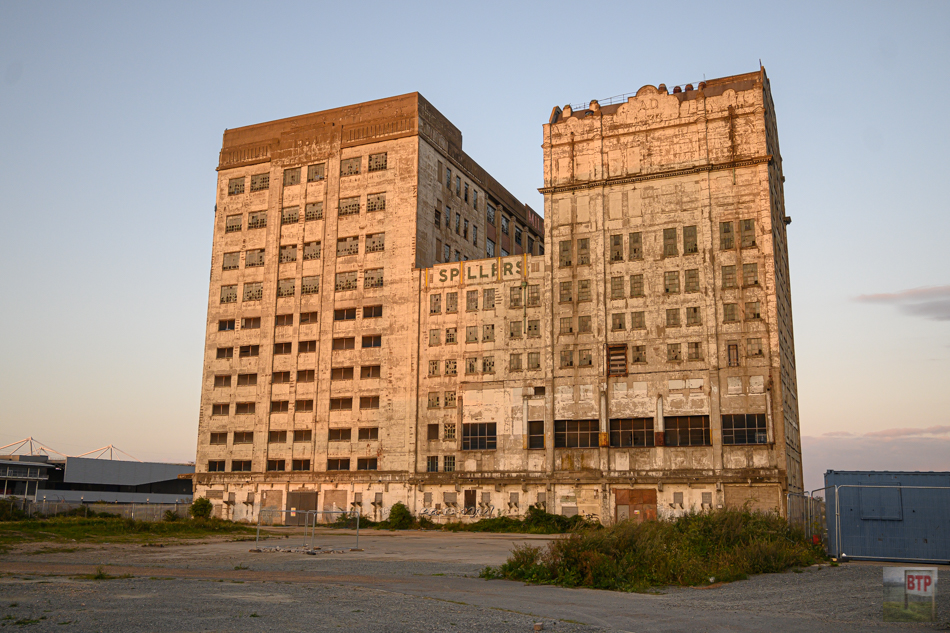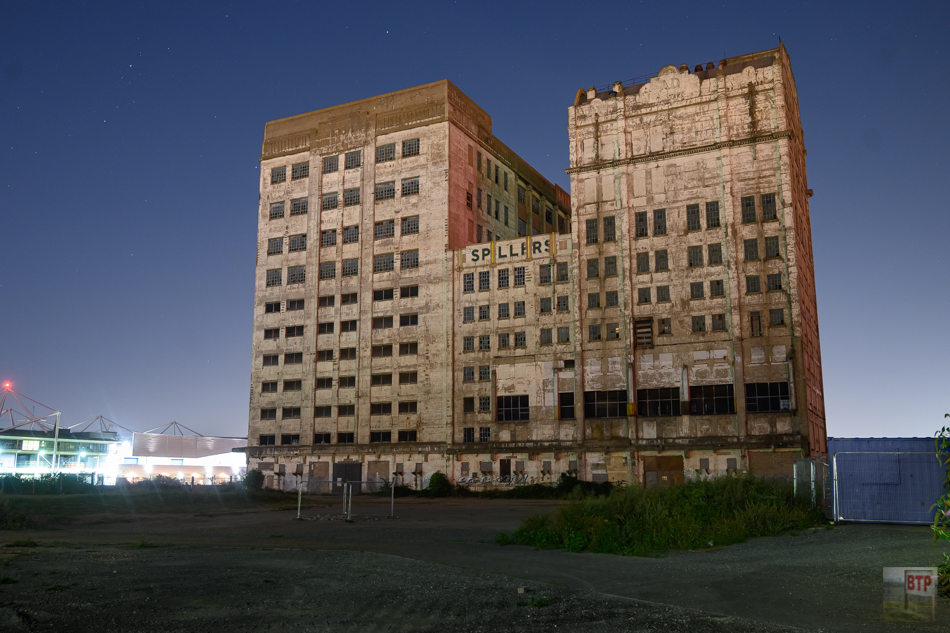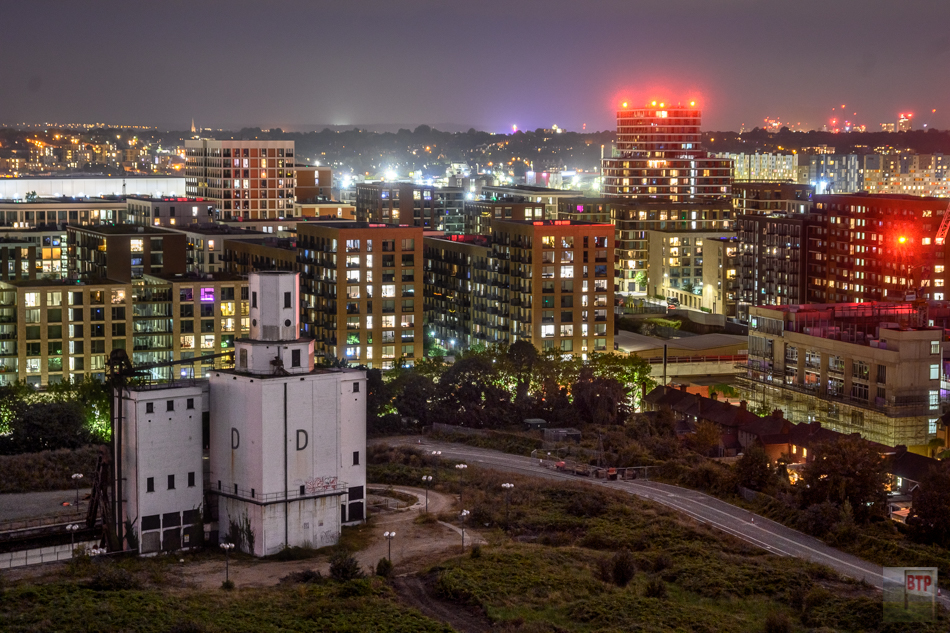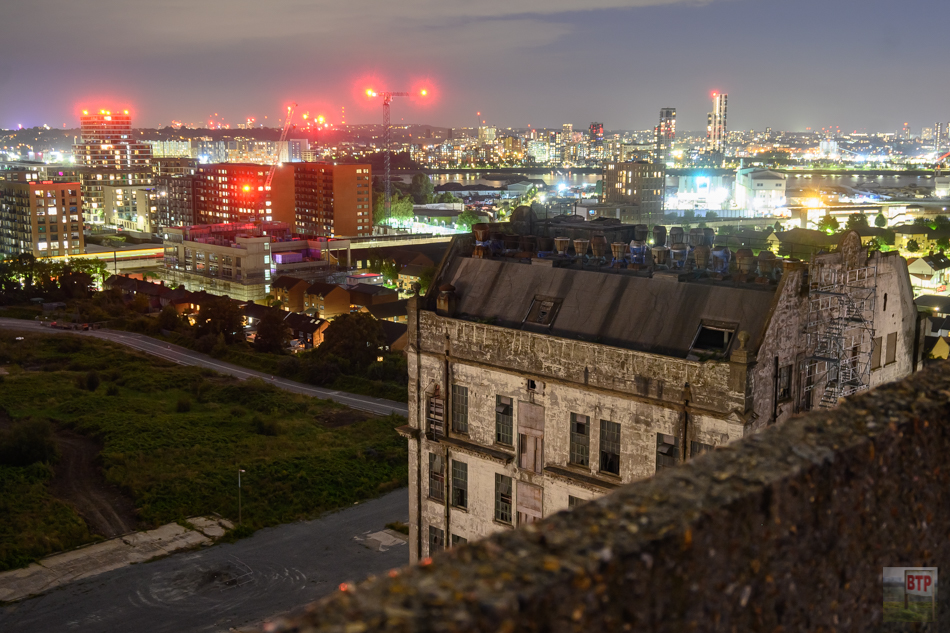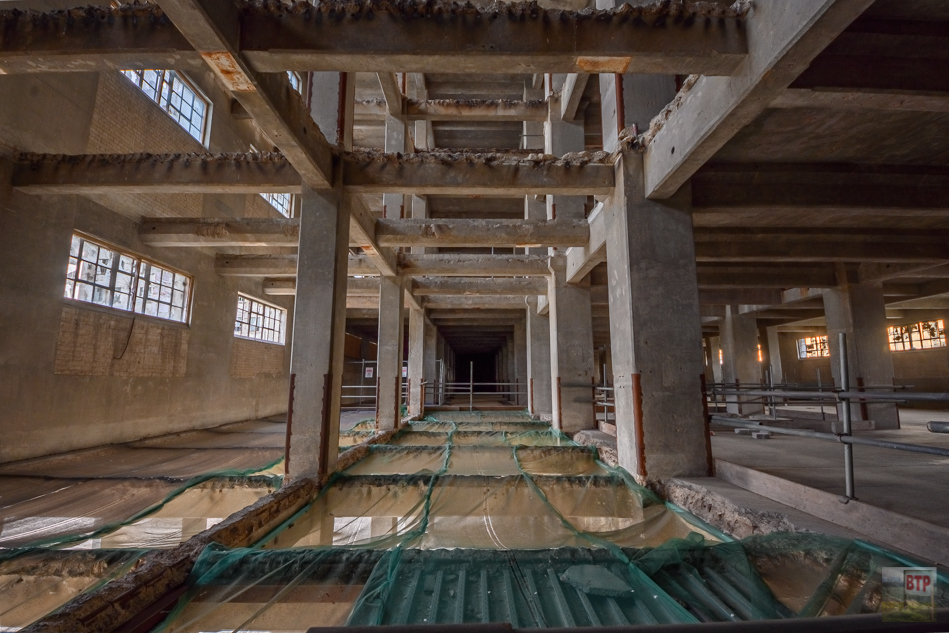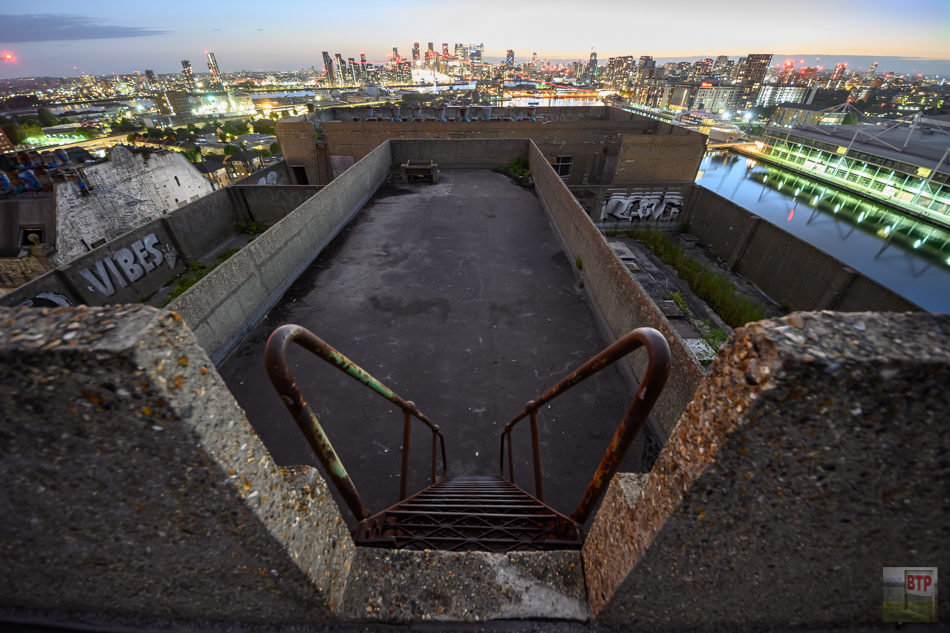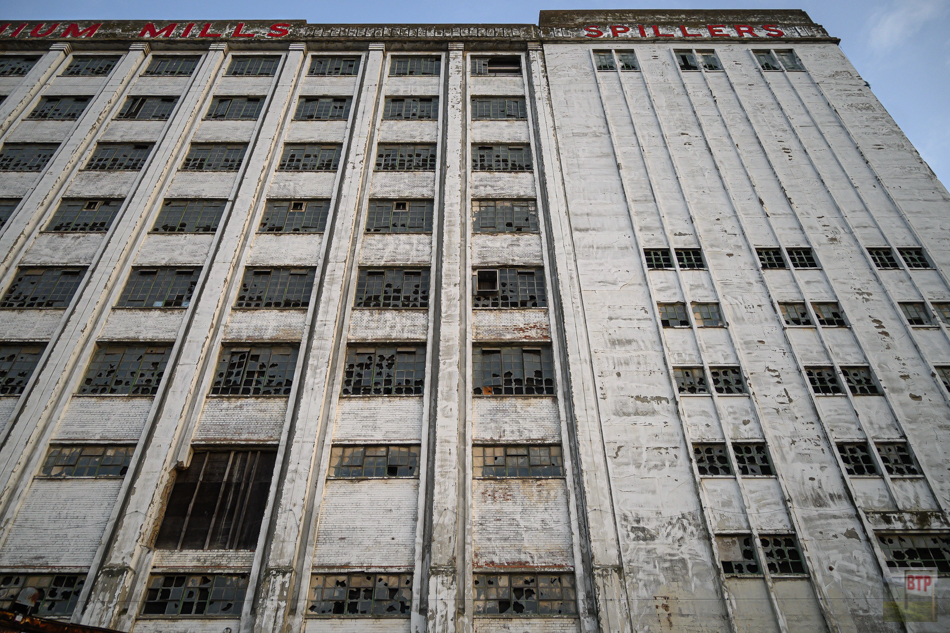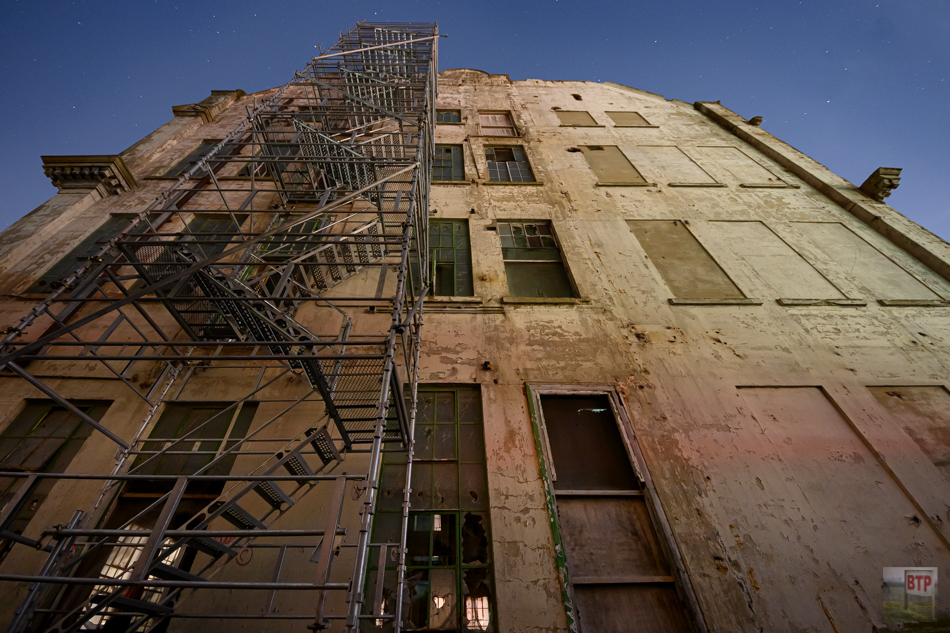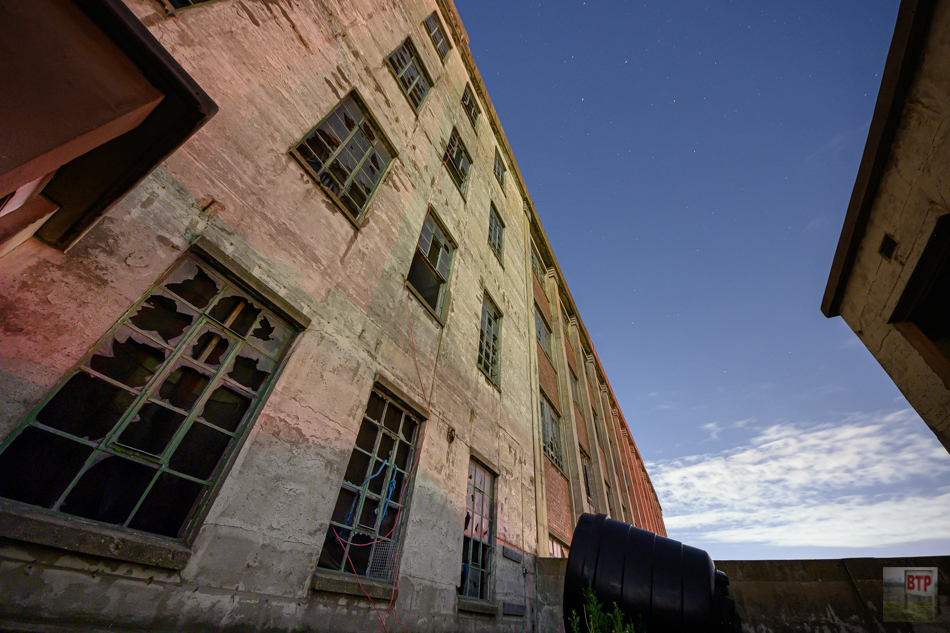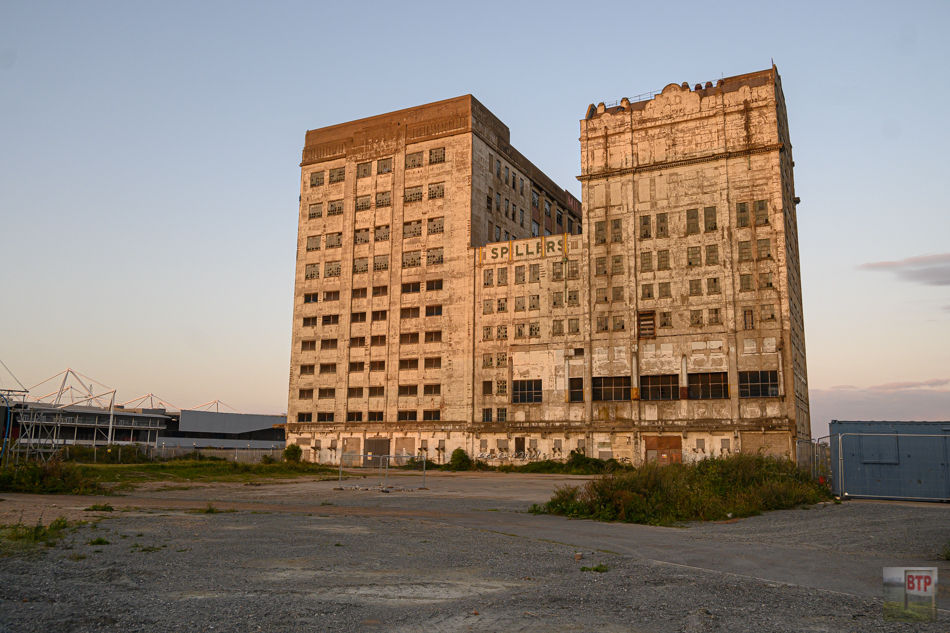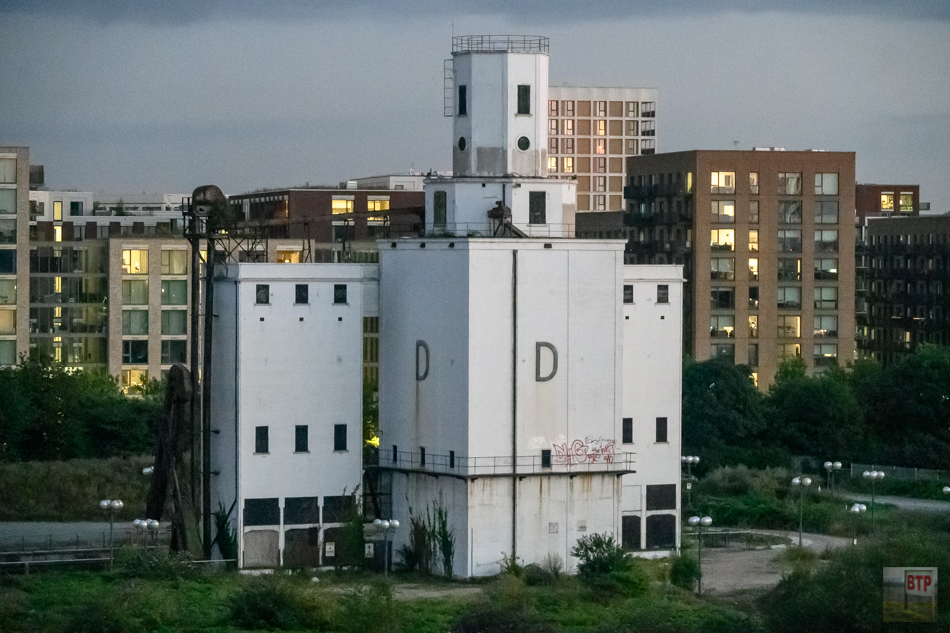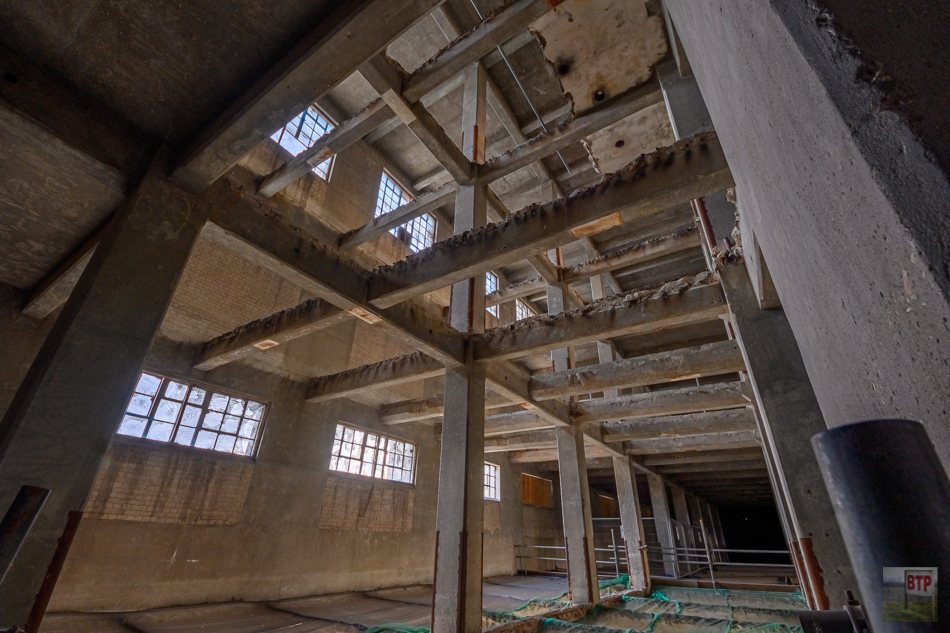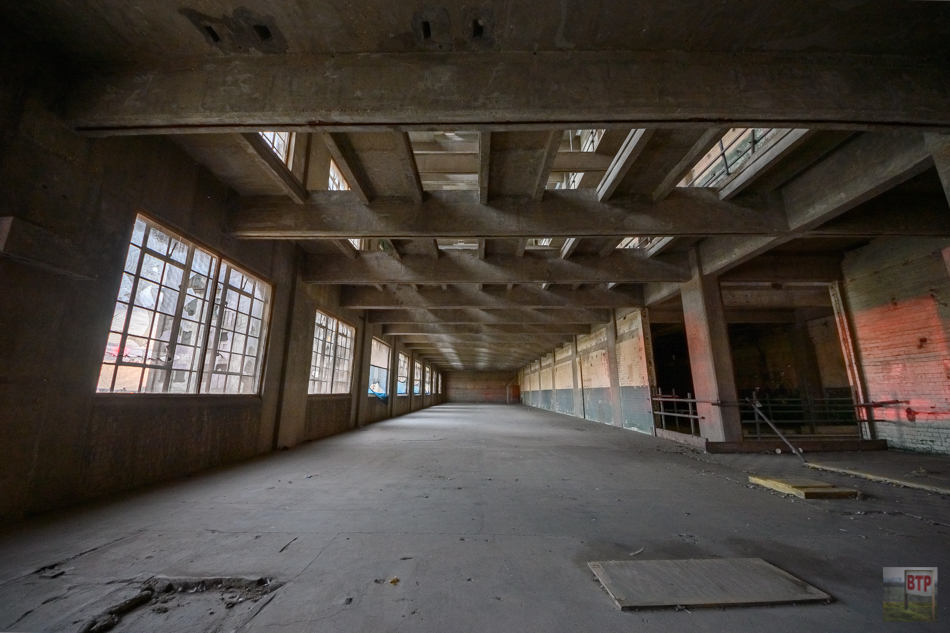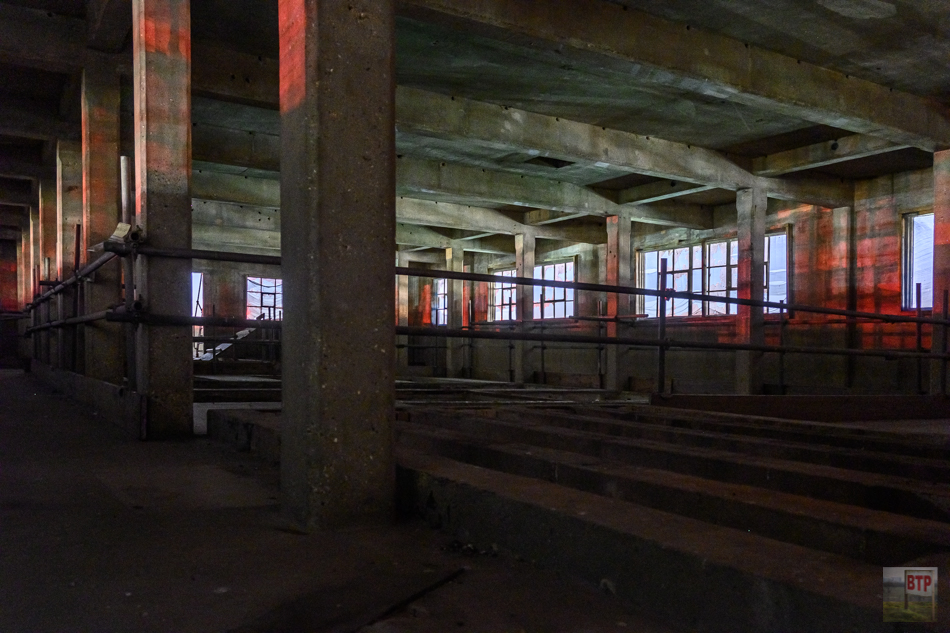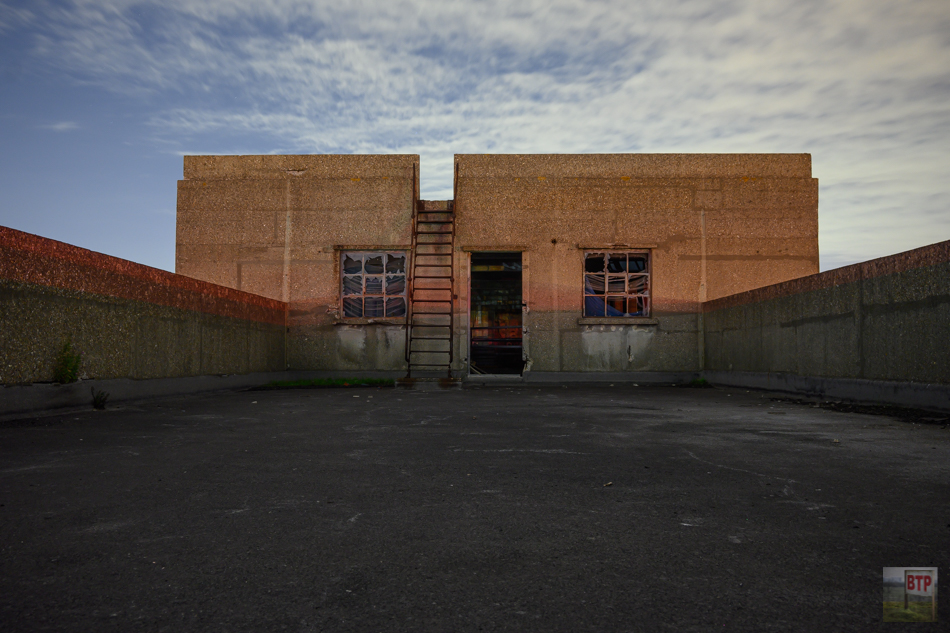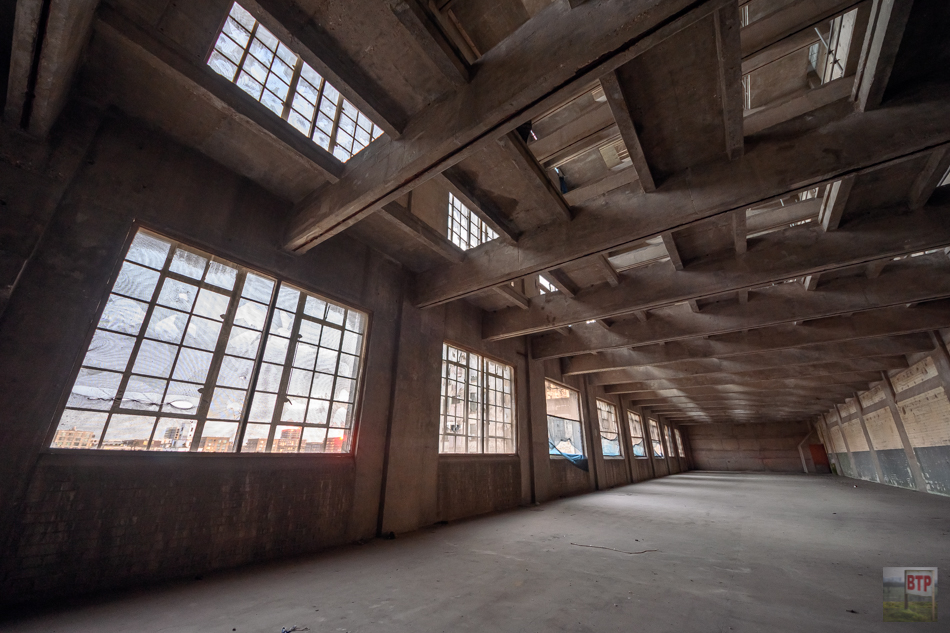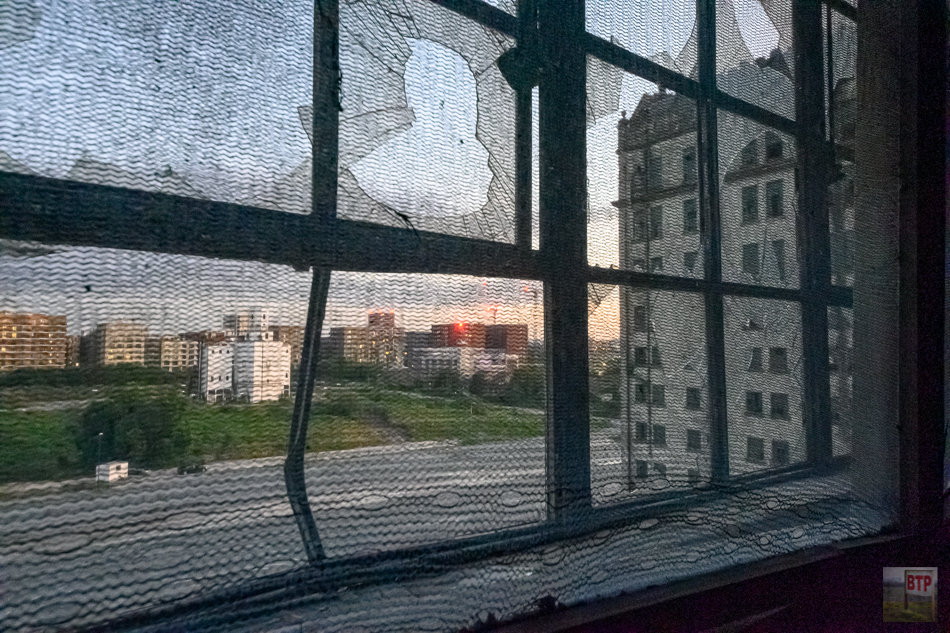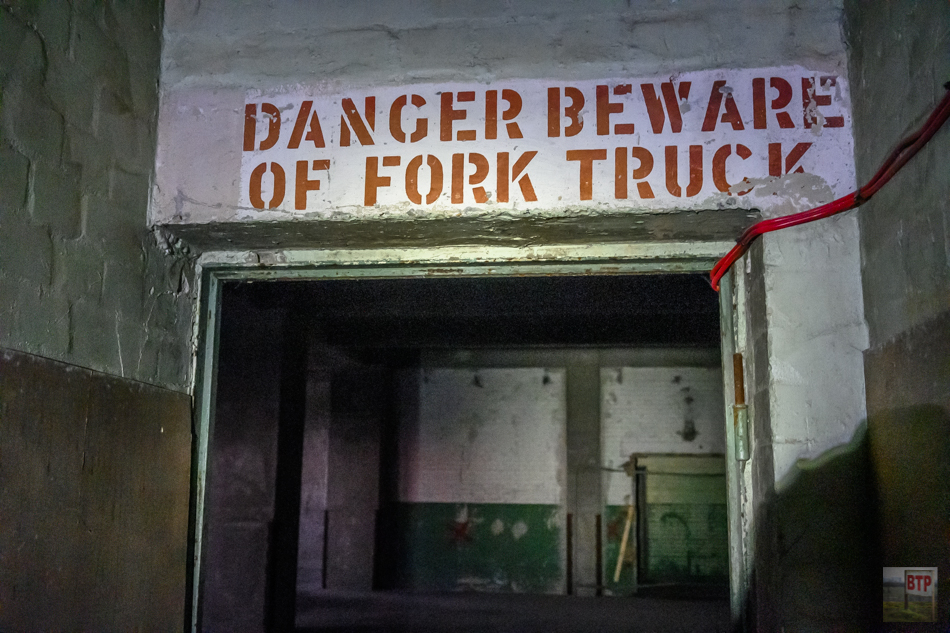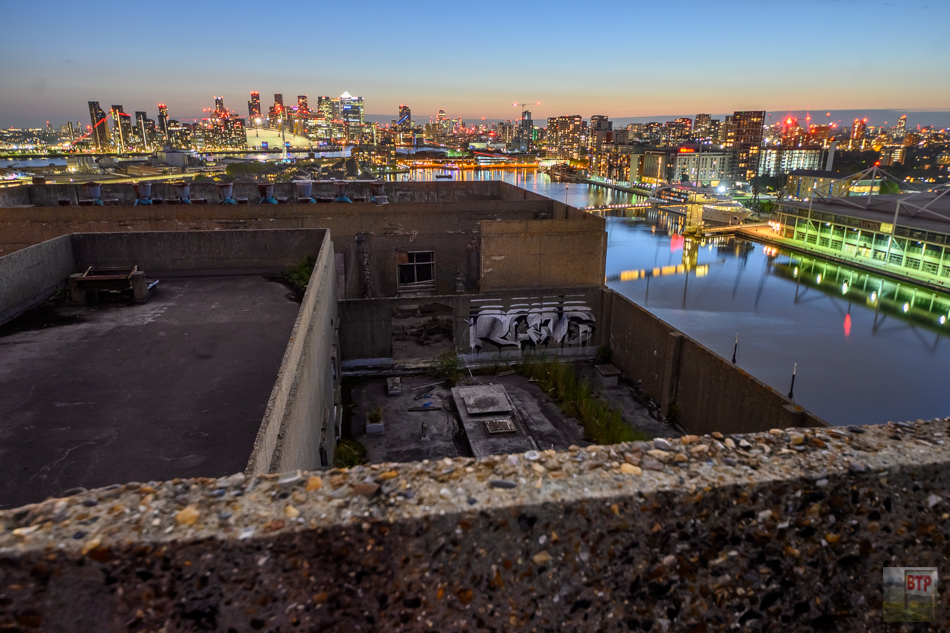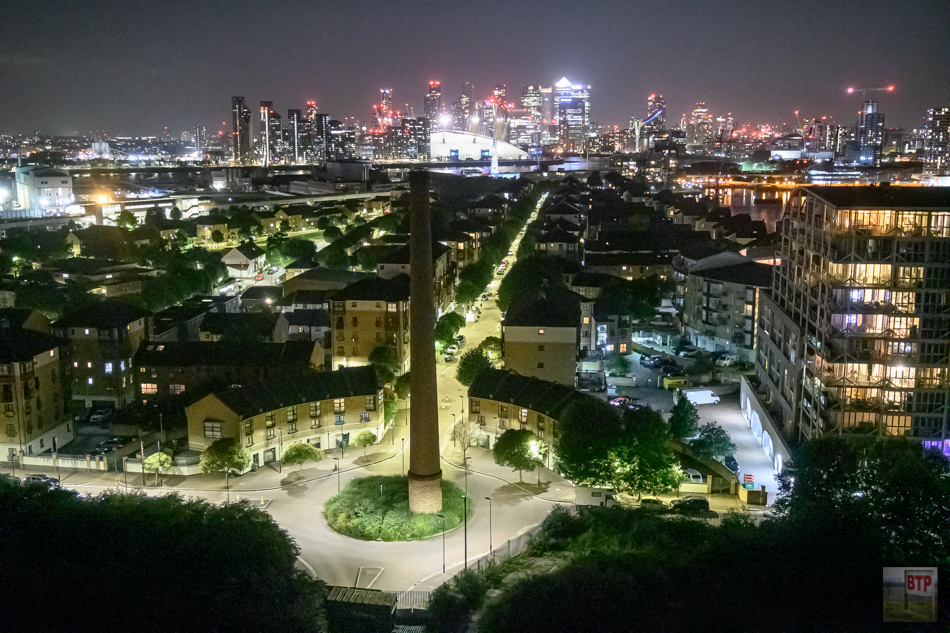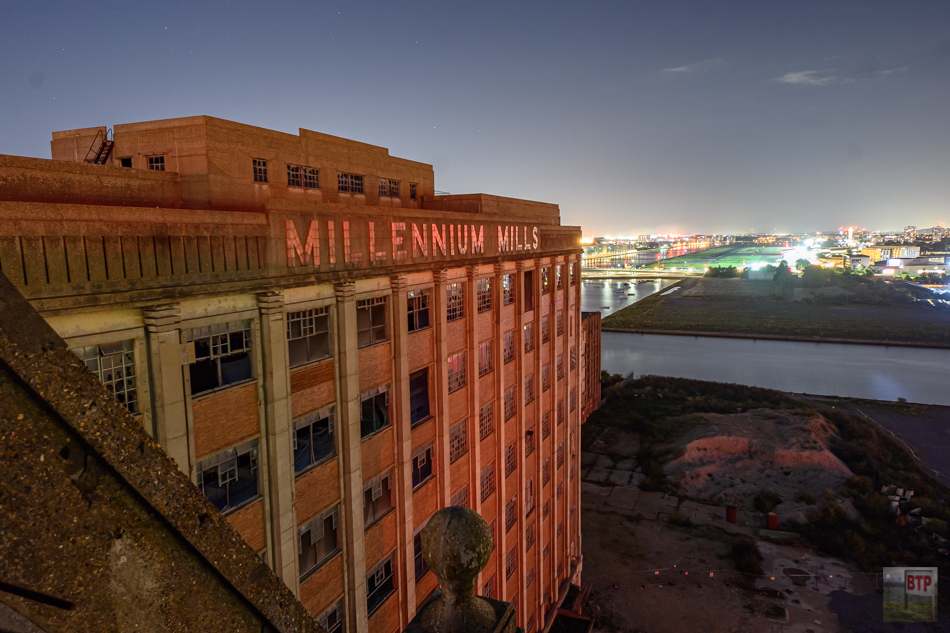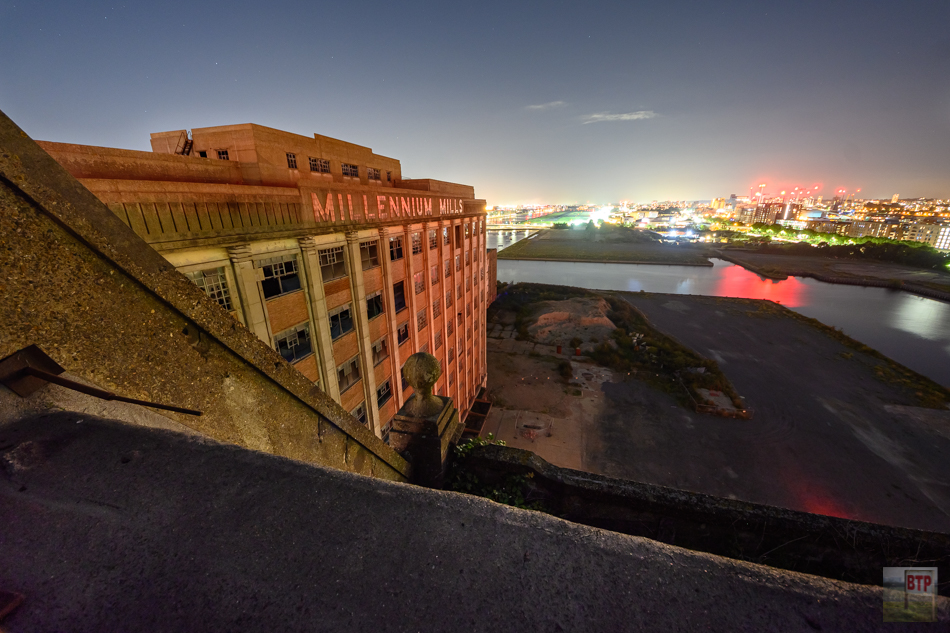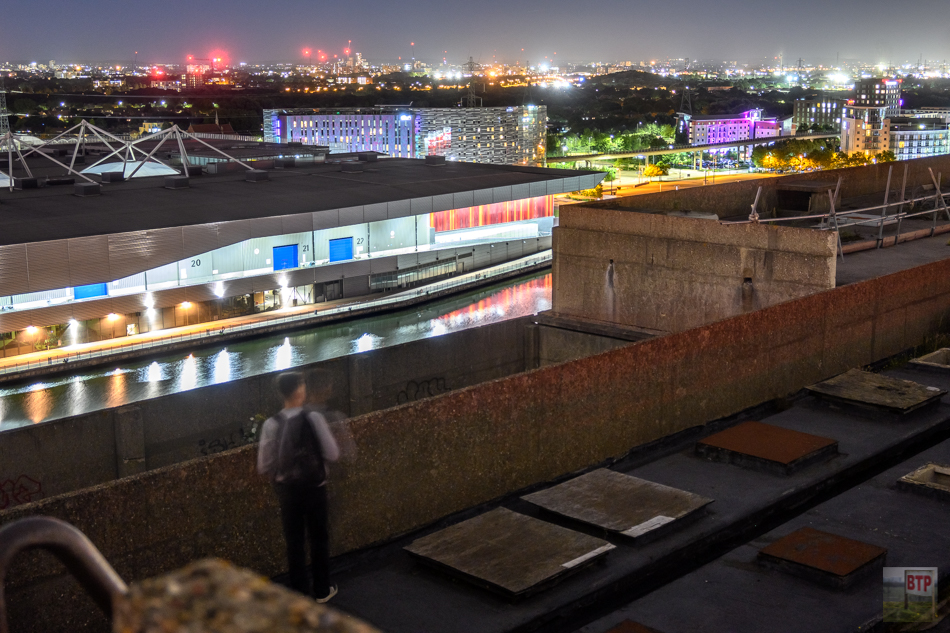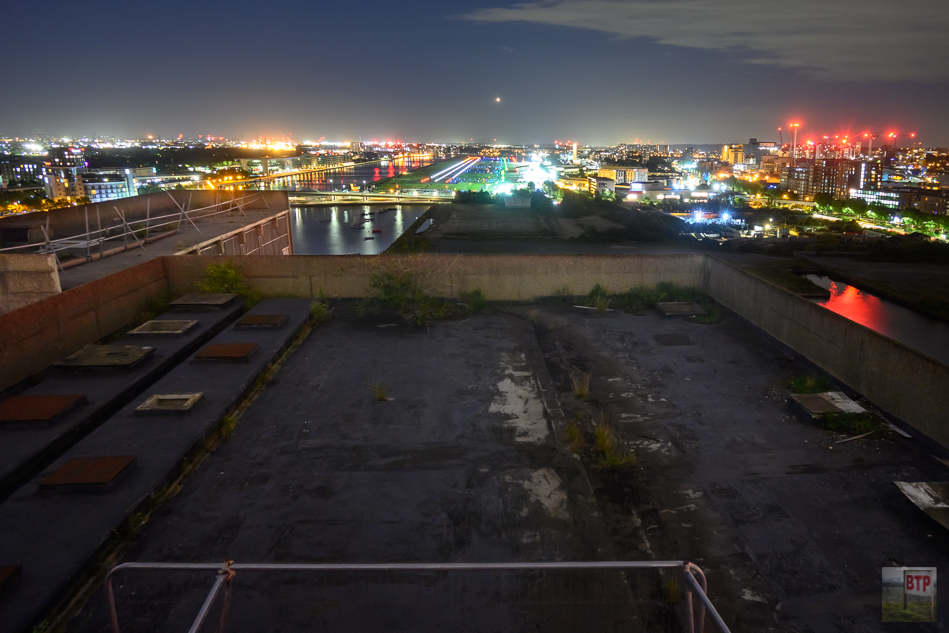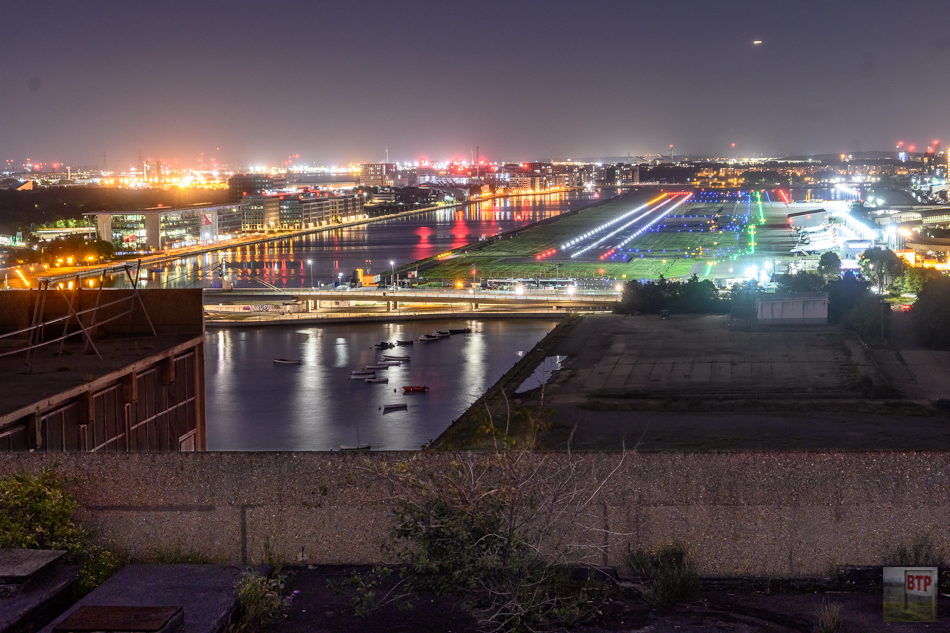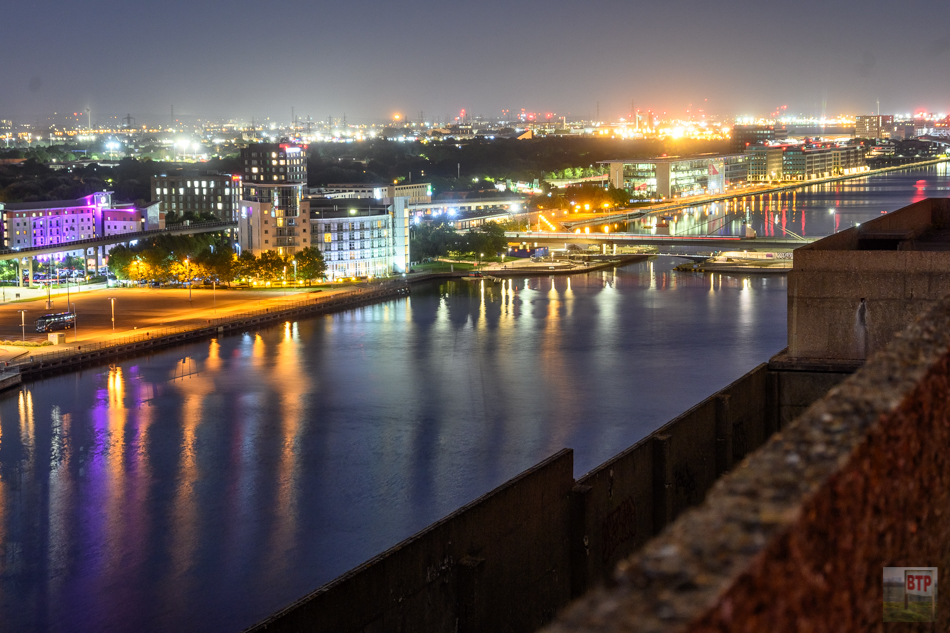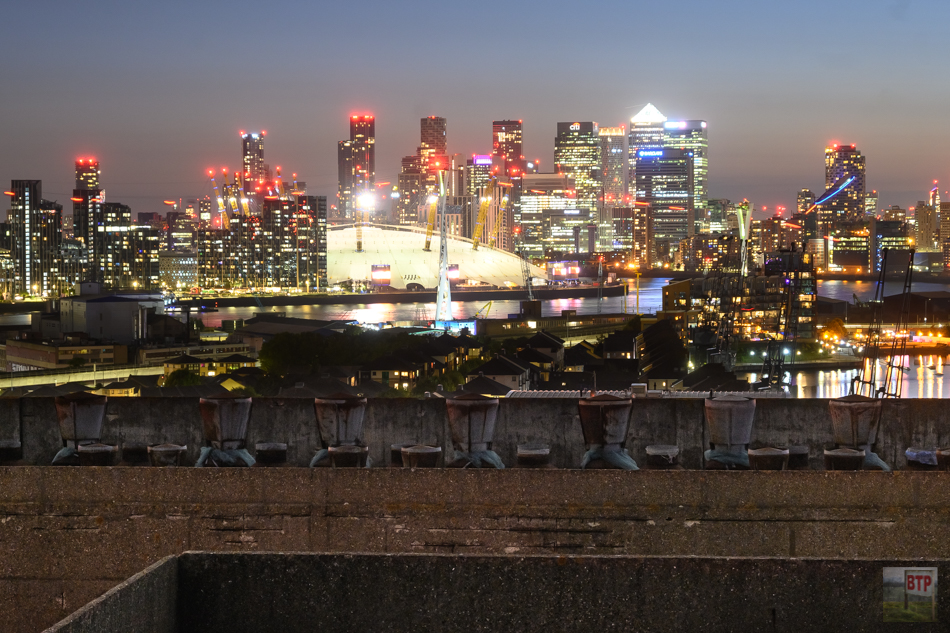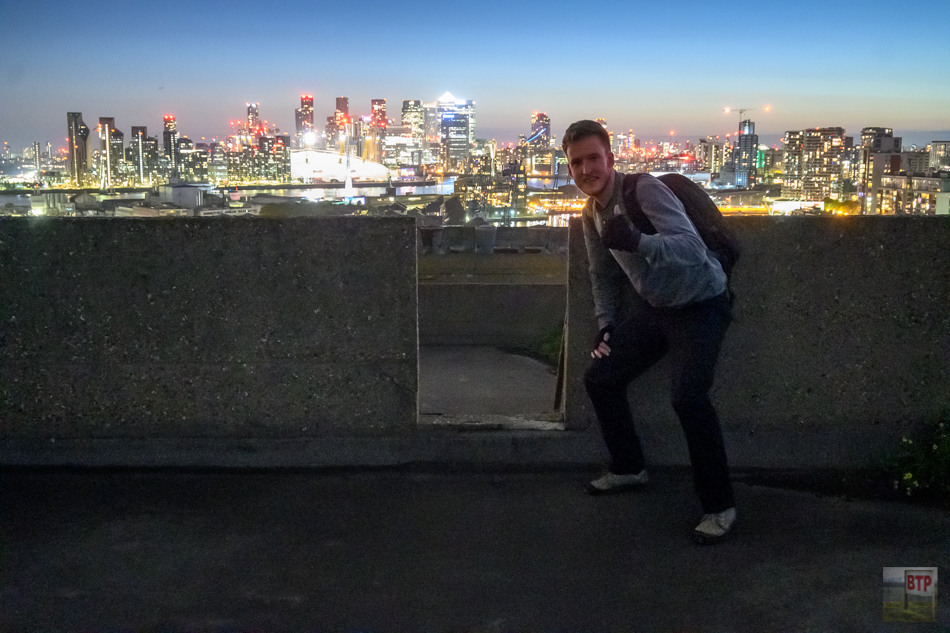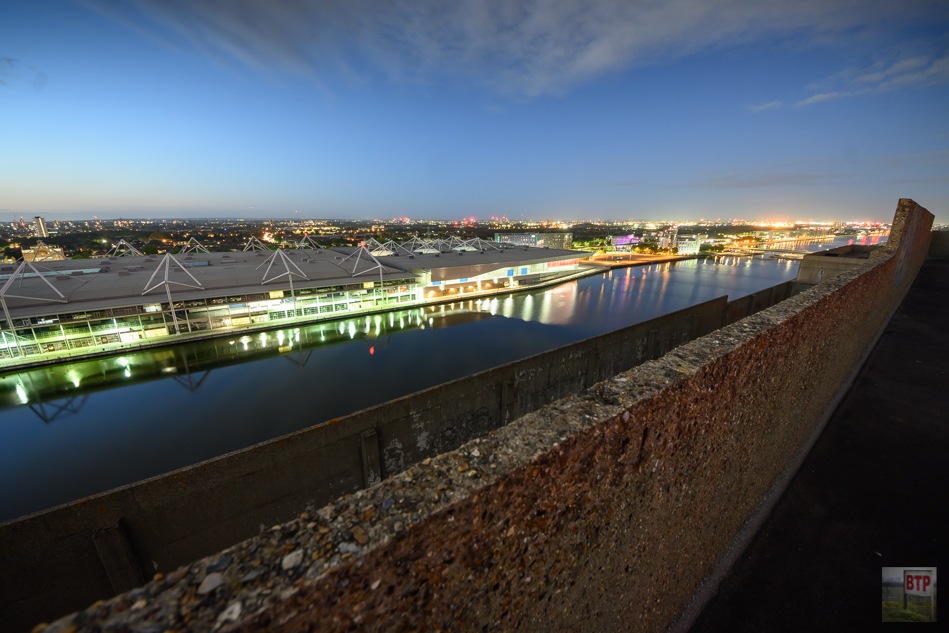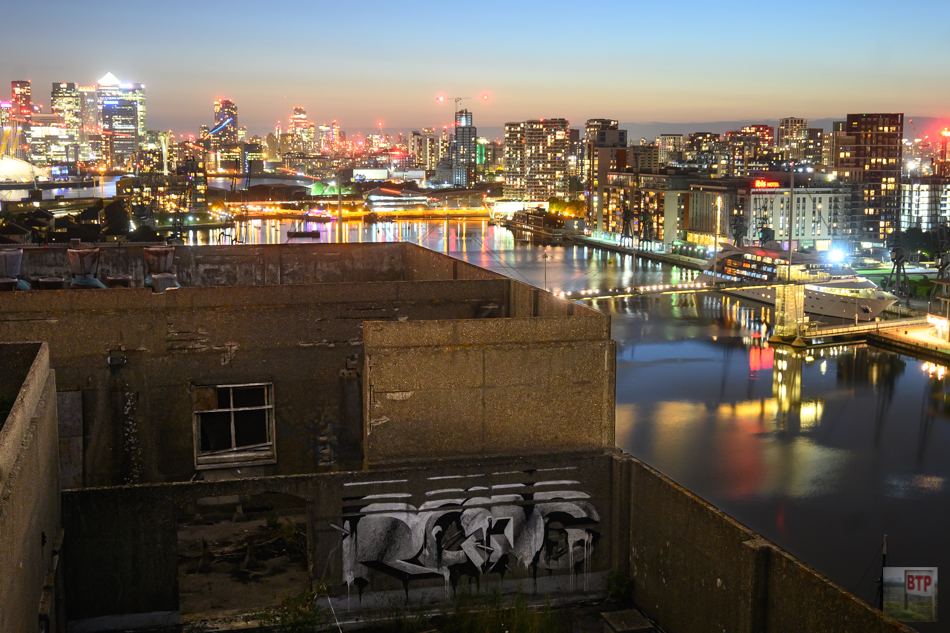Many comprehensive histories of the mills have been written online, so here is just a very brief overview of their past, present, and future. The grain mills at Silvertown are perhaps one of the last substantial remnants of London’s docklands and a symbol of their decline in the light of the area’s very contrasting redevelopment. Mills existed at the site since the end of the 19th century, with the smallest end block being much older than the rest, which we did not reach. The mill was added to over the years, and partly destroyed in the massive Silvertown TNT explosion of 1917. Original owners, Vernon & Sons, was superseded by Spillers Limited in 1927. The majority of the mill complex was rebuilt in 1933 in glorious art deco style. Much of the mill was hit hard in the Blitz given its strategic importance, so had sections rebuilt in the late 1940s and 1950s. The Royal Docks closed in 1981 given the move of shipping to deeper waters, and hence the mill’s days were over. Parts were demolished in the 1990s. The mills have since stood as an iconic landmark of London’s not-so squeaky clean past and have thus been used as an edgy backdrop for many music videos, as well as in films and TV. The mills site was polished up in 2012 as an arts venue for the Olympics, but again found itself largely useless until massive asbestos removal efforts in 2015 – one of the most expensive projects of its kind. Most of the internals were stripped – a bit of a double edged sword as whilst now being nice and healthy for explorers, it now lacks many of its furnishings. This seems strange as the building has still stood vacant since, despite the immense cost, and propositions to turn it into apartments or offices are still yet to be realised.

